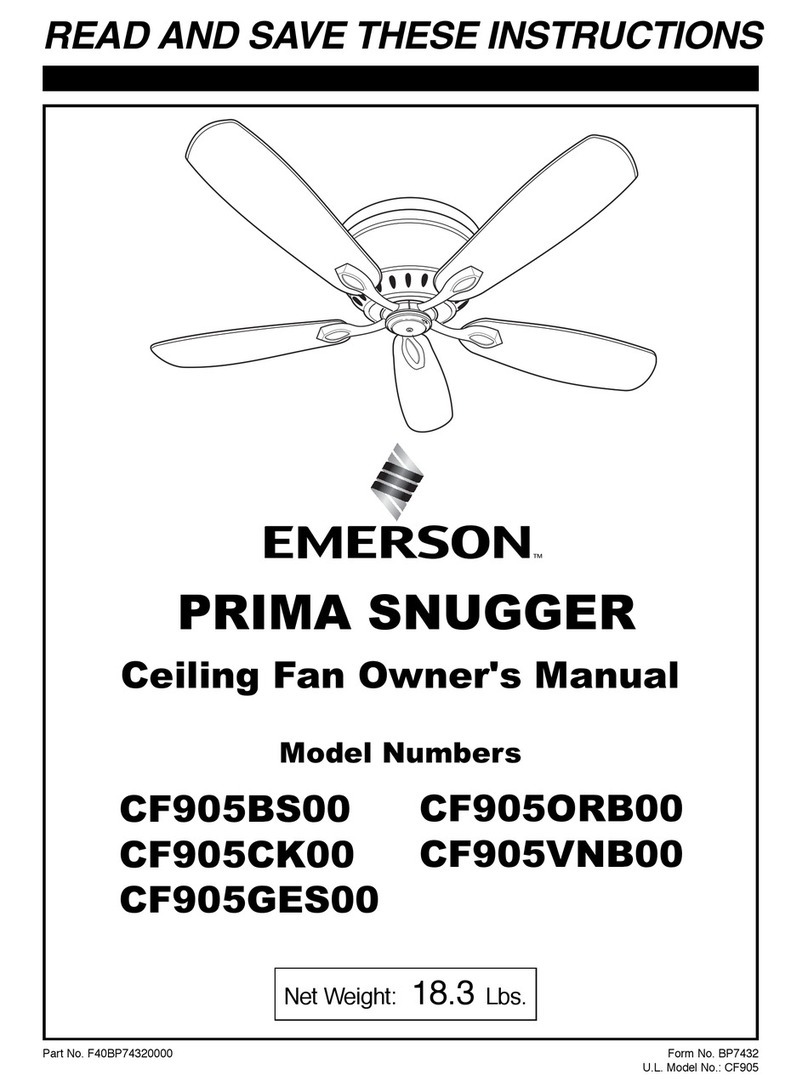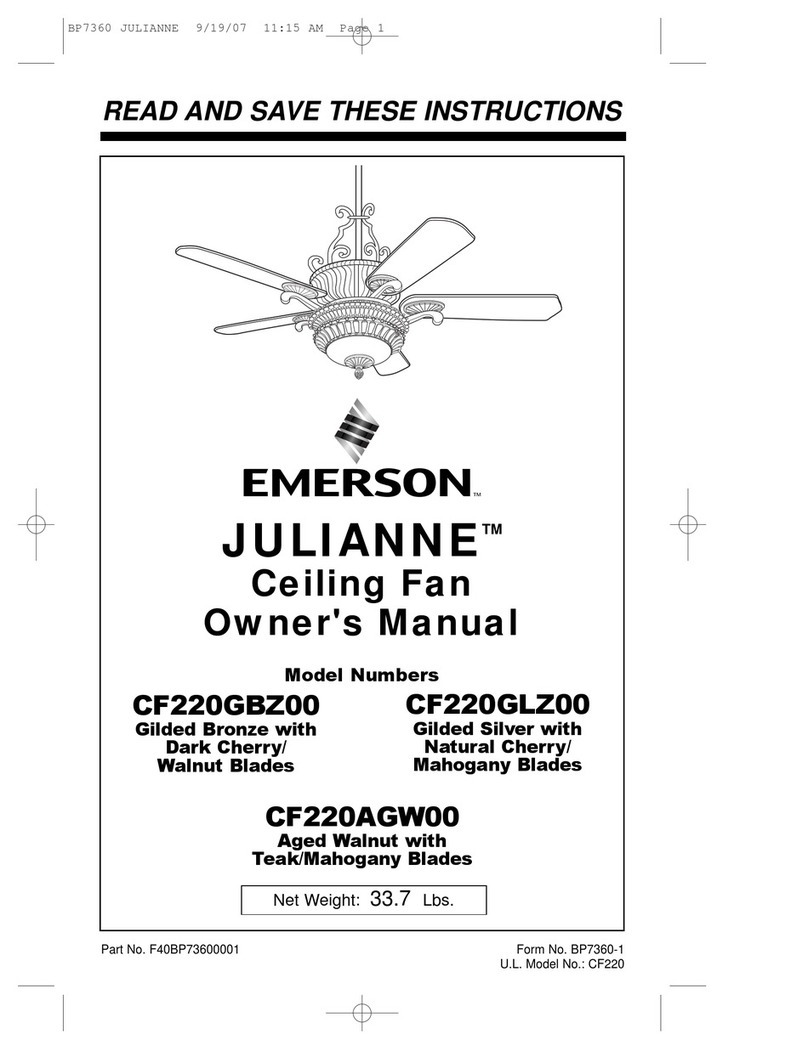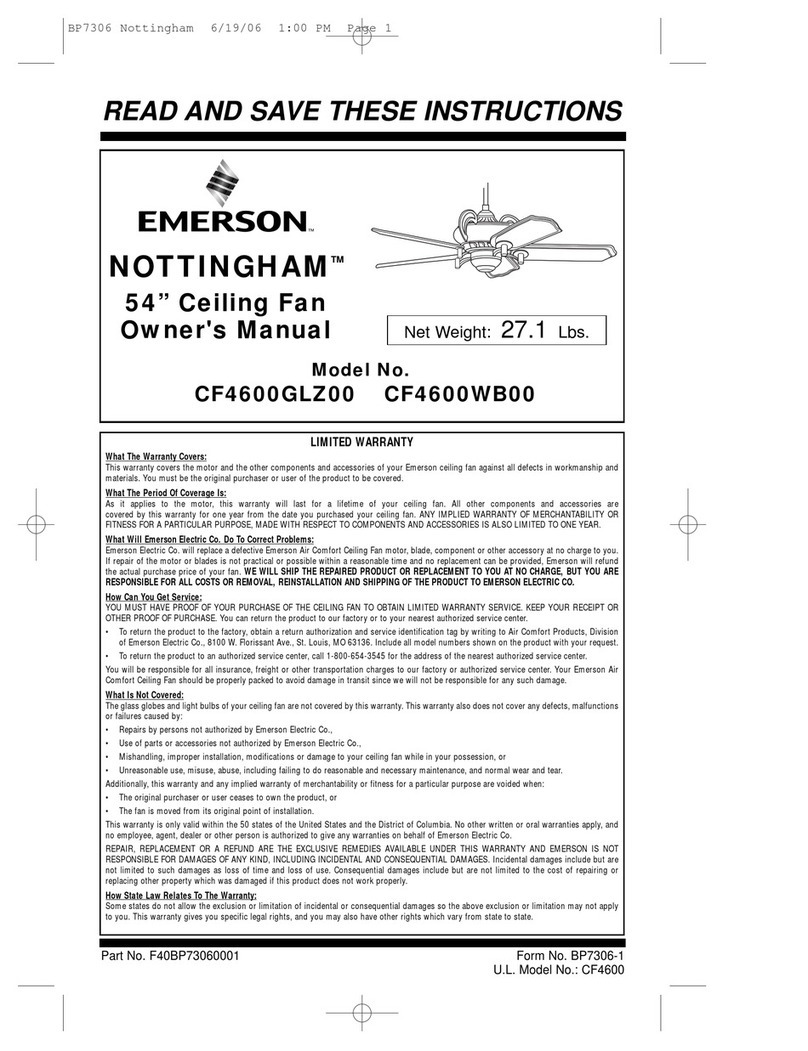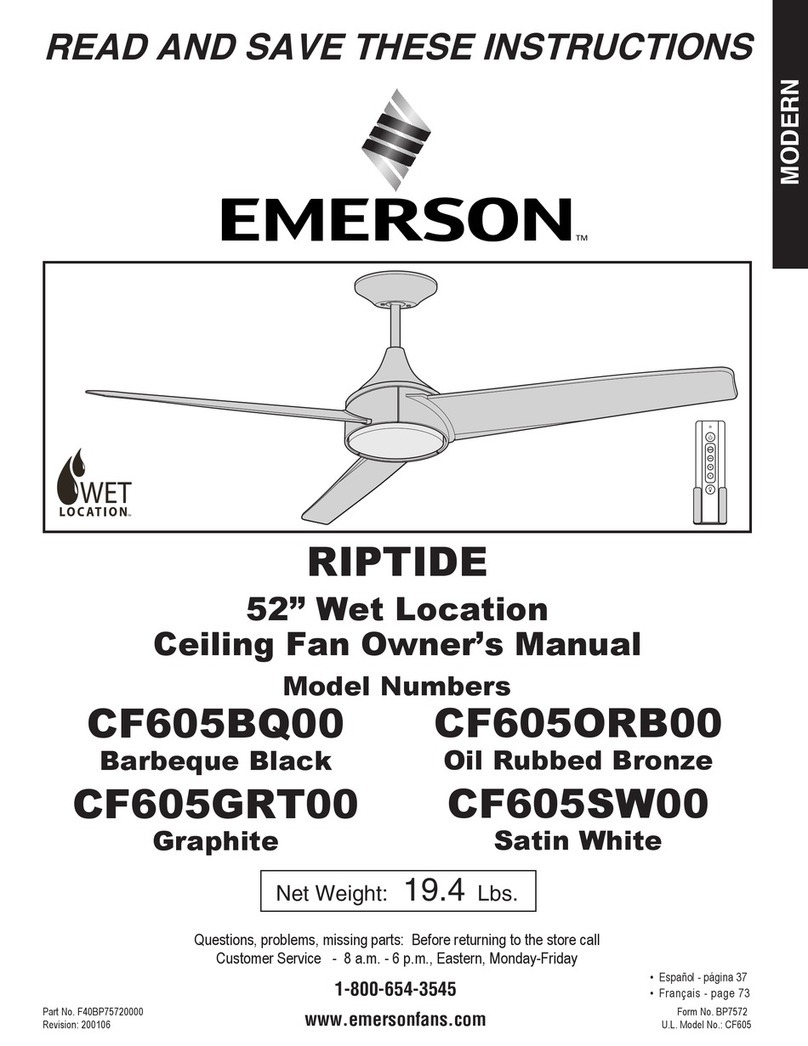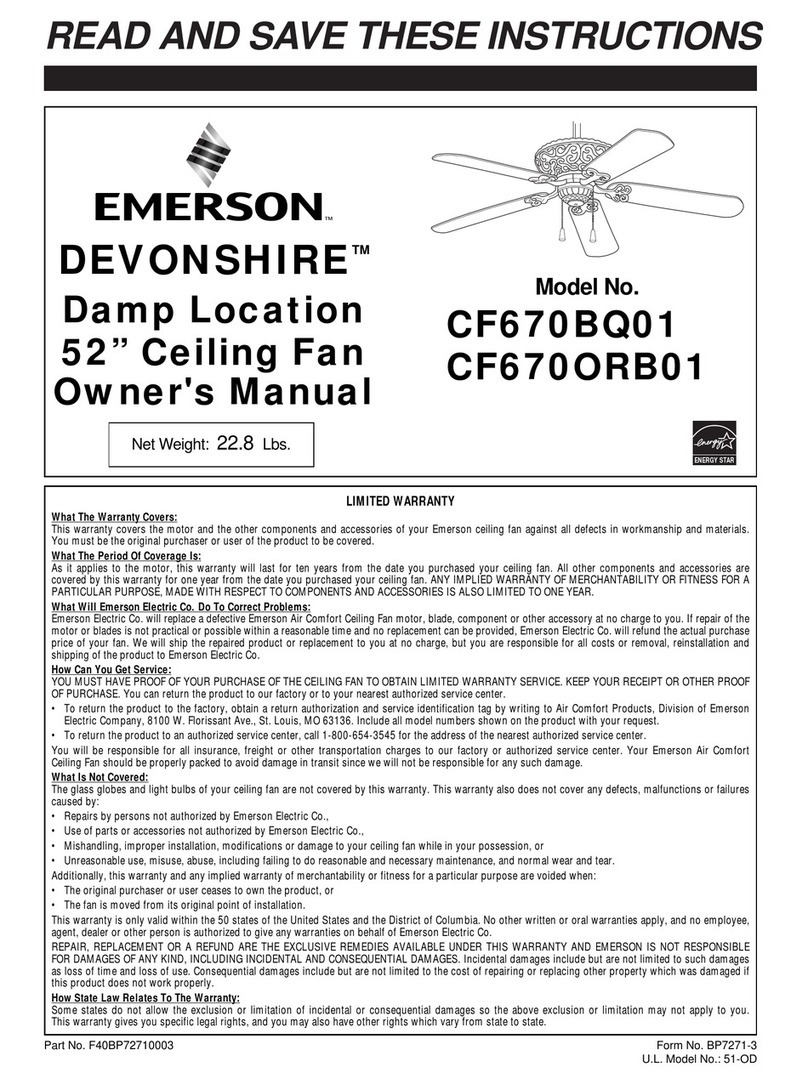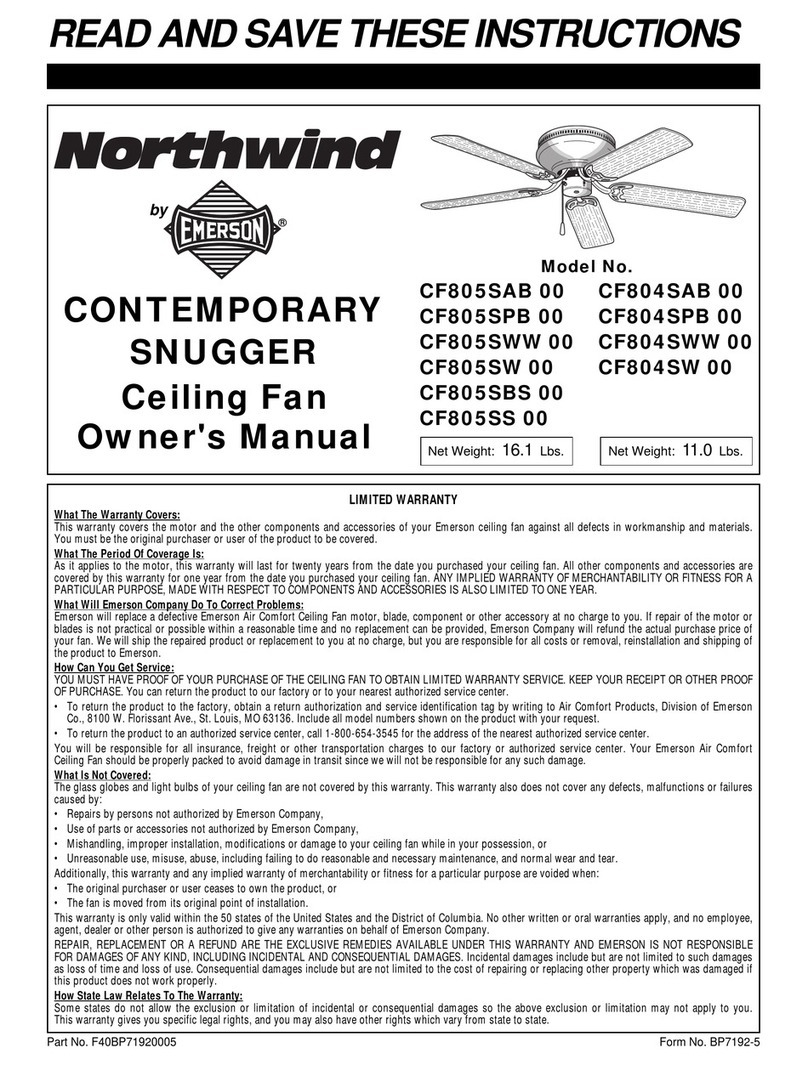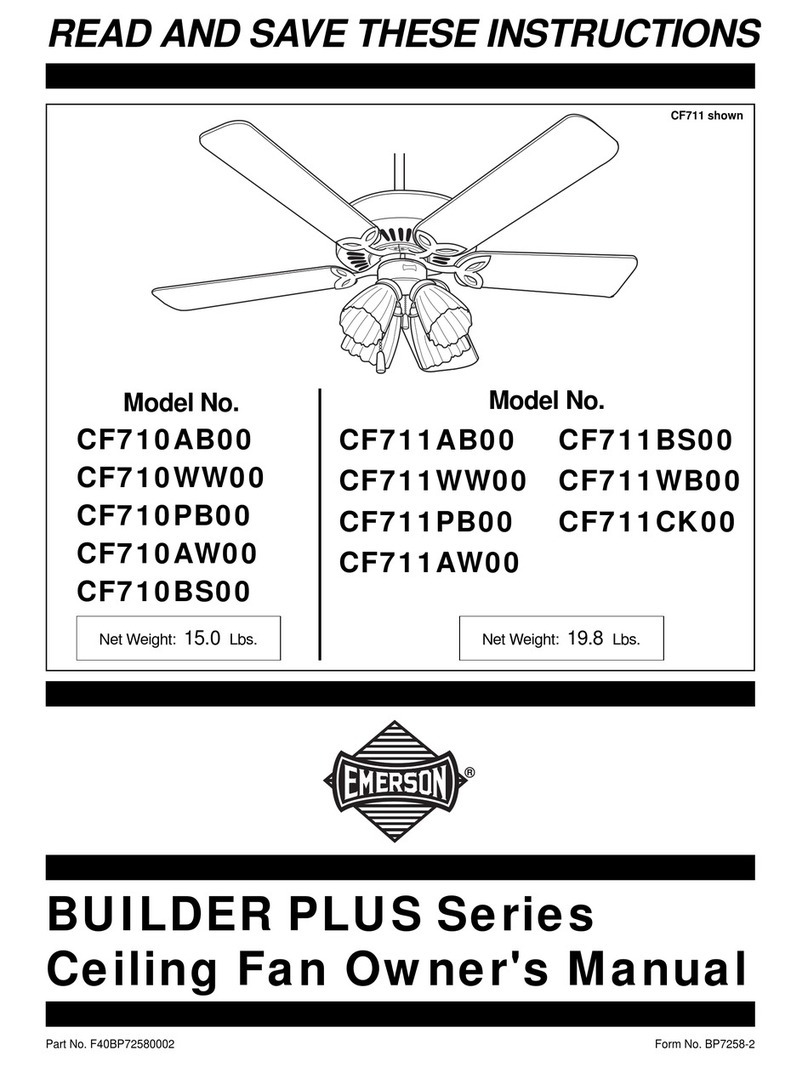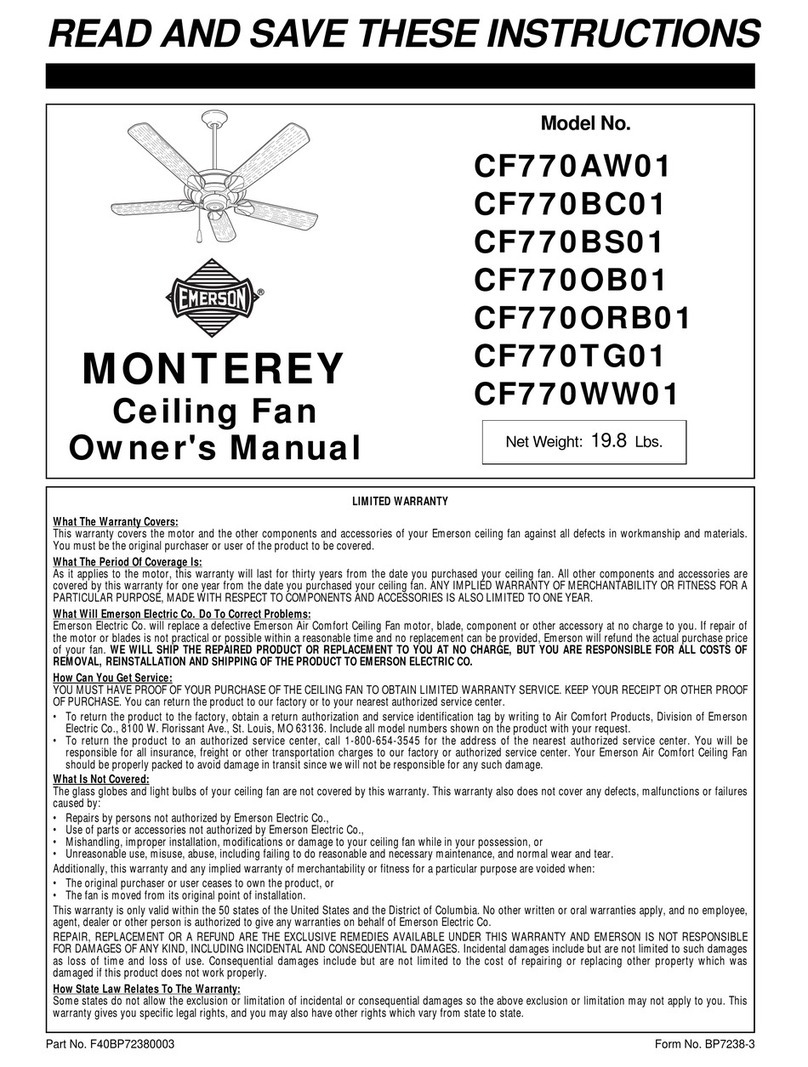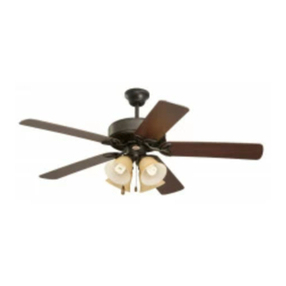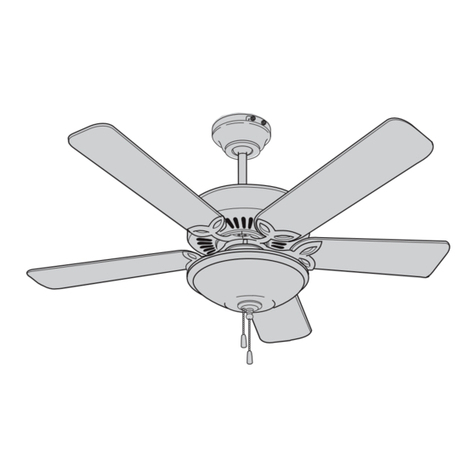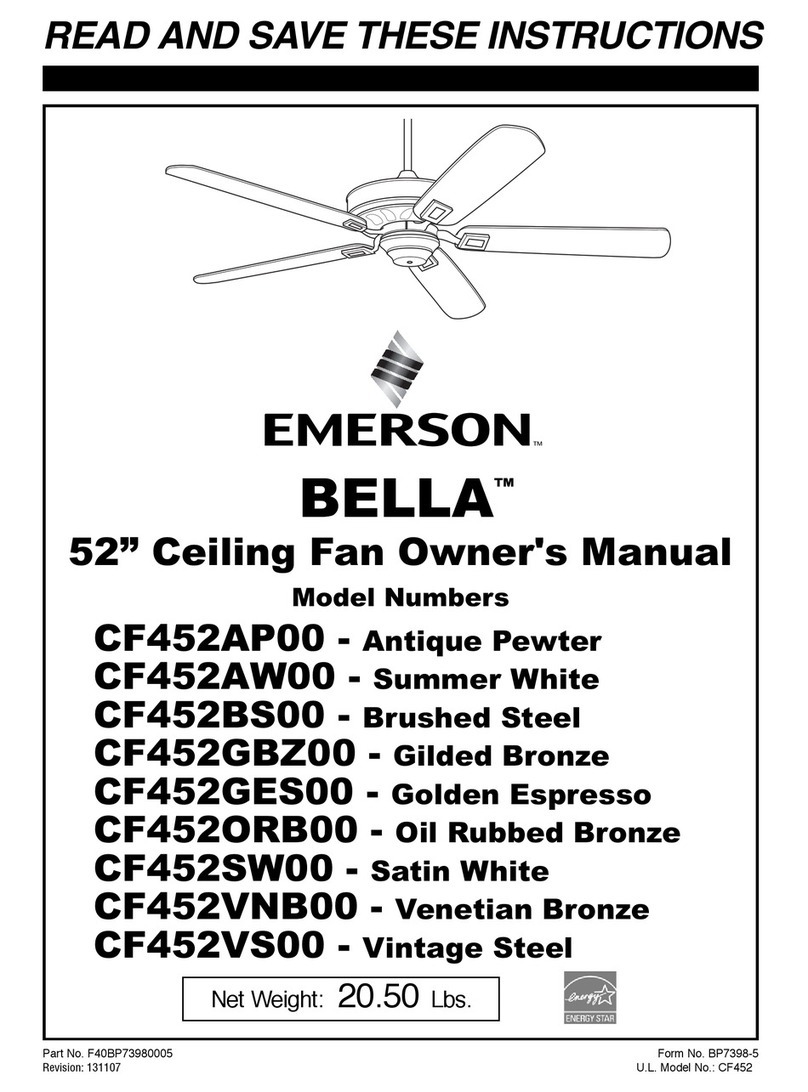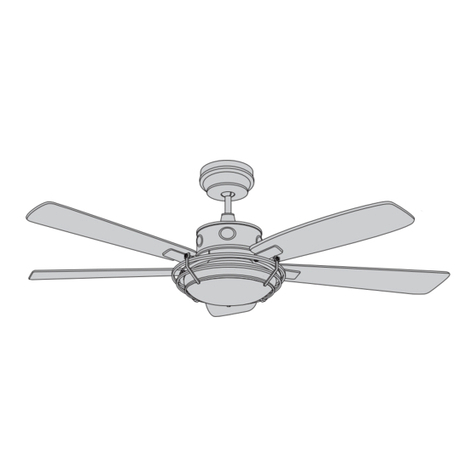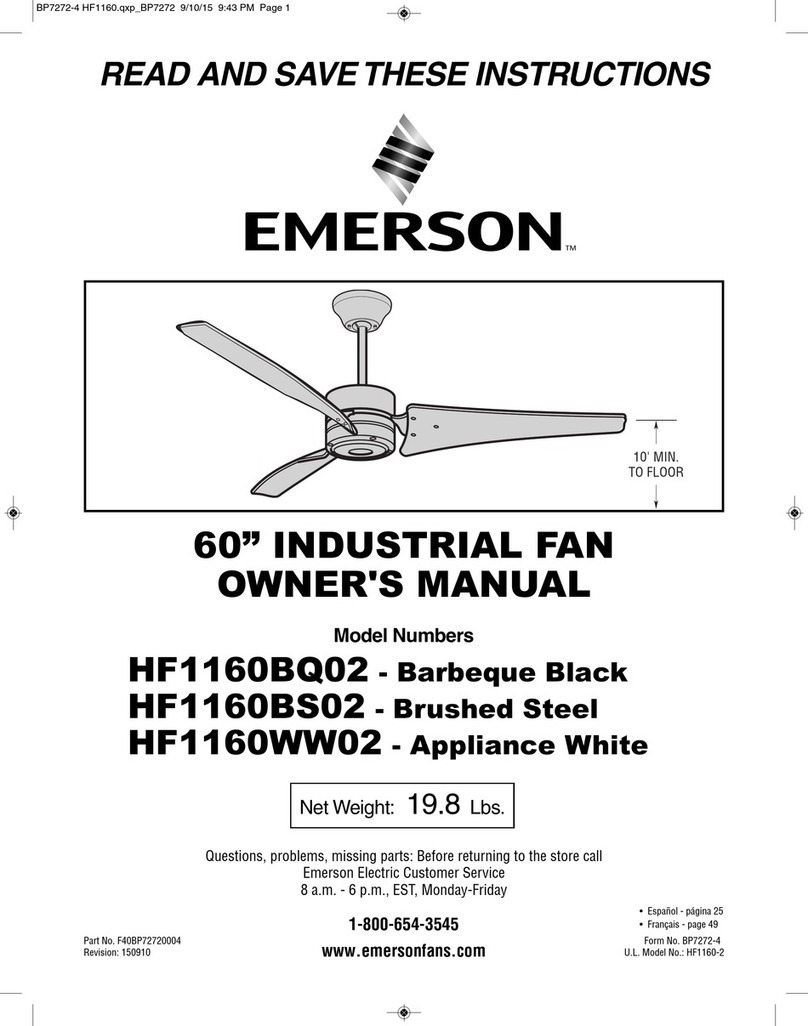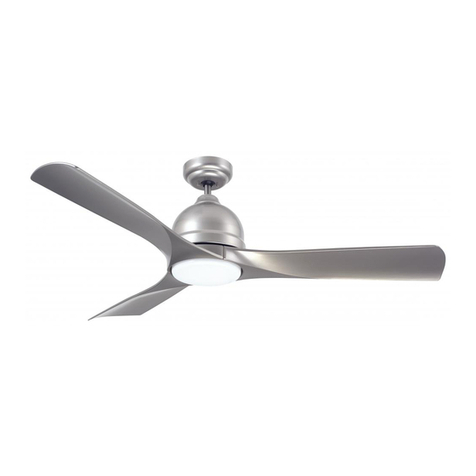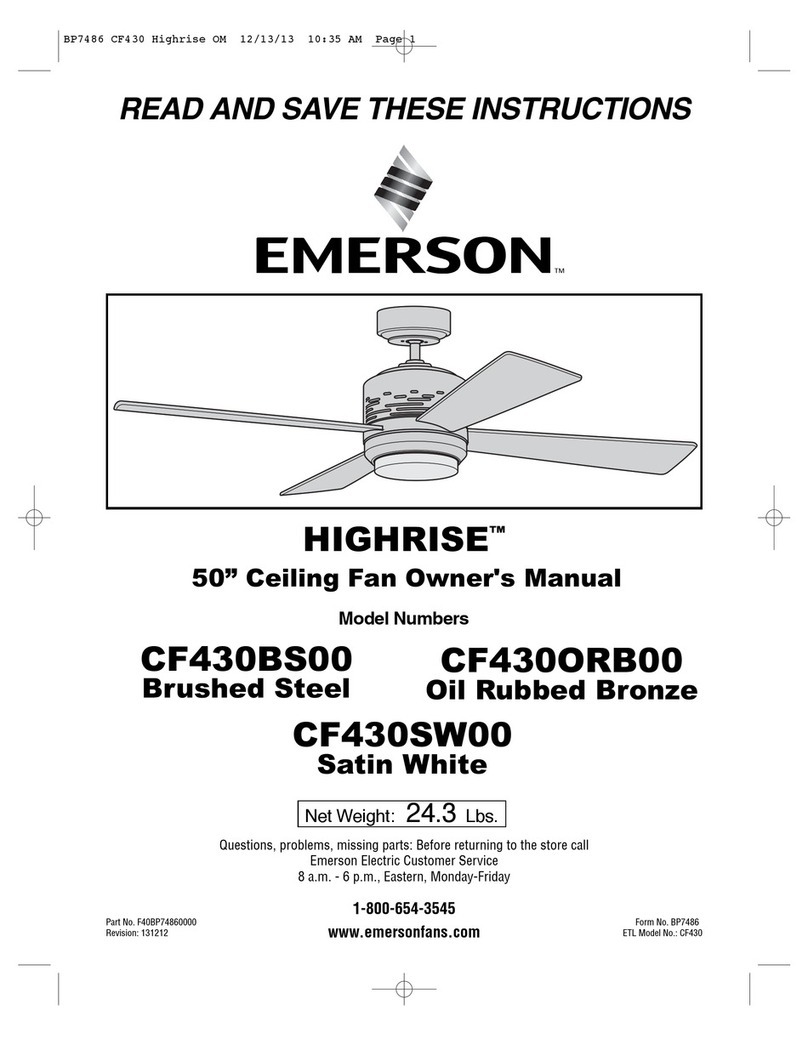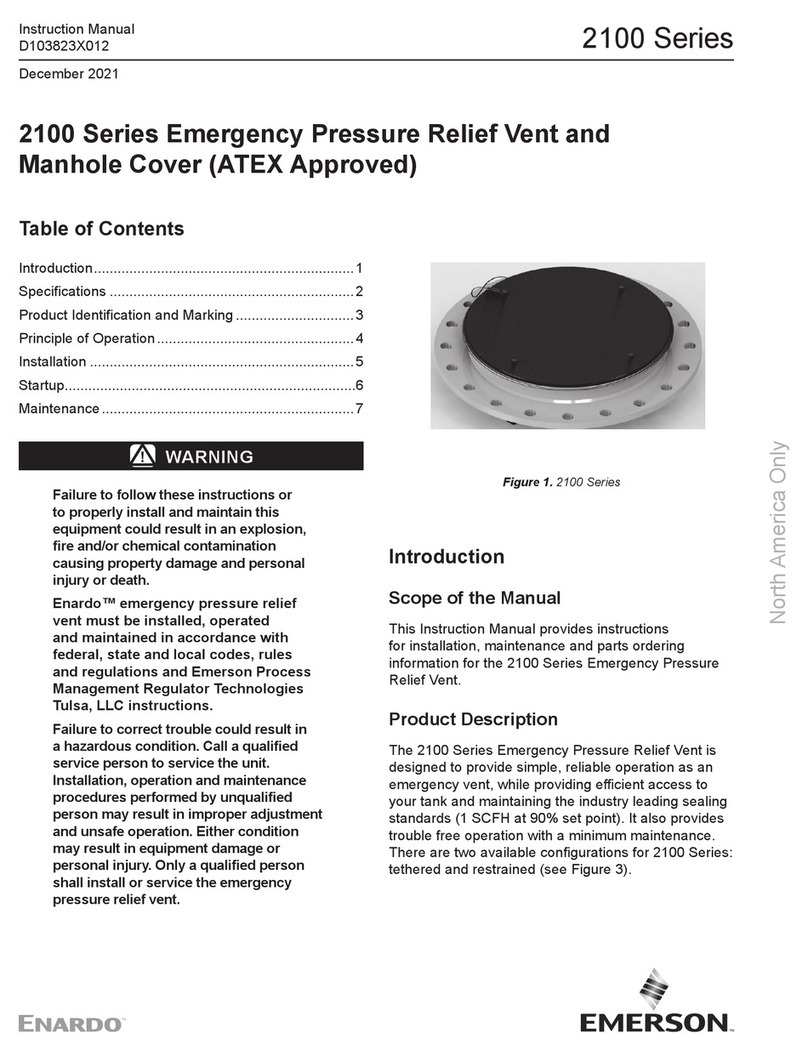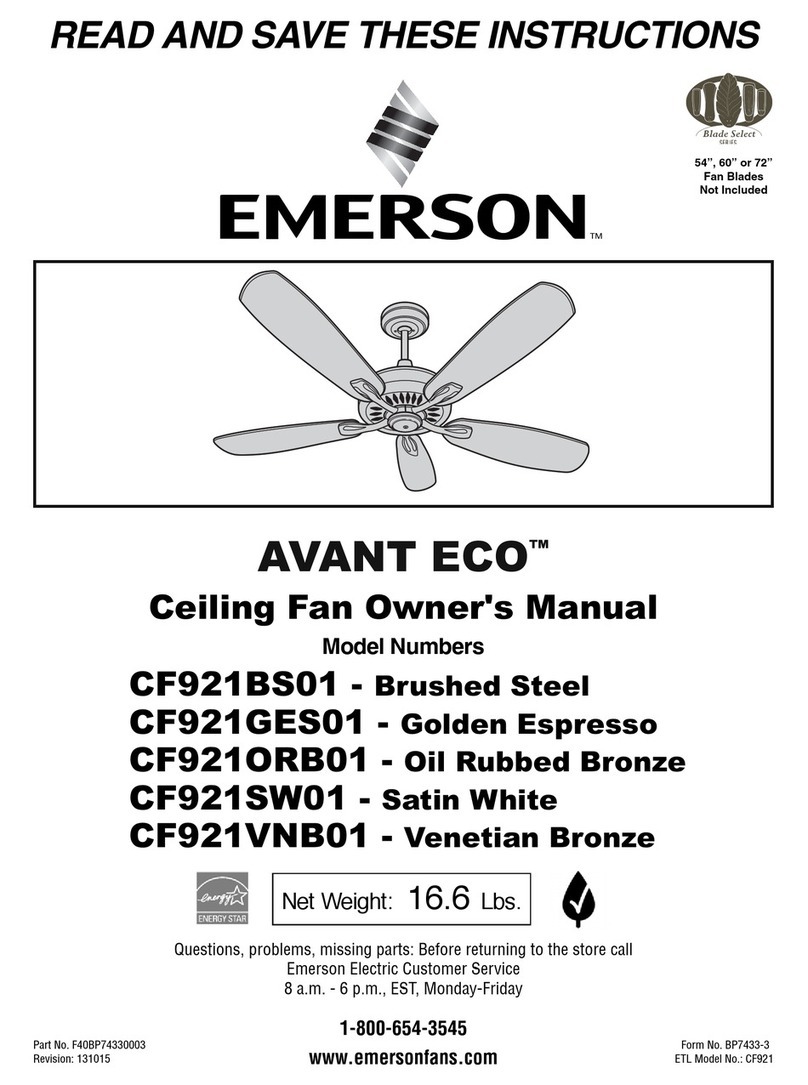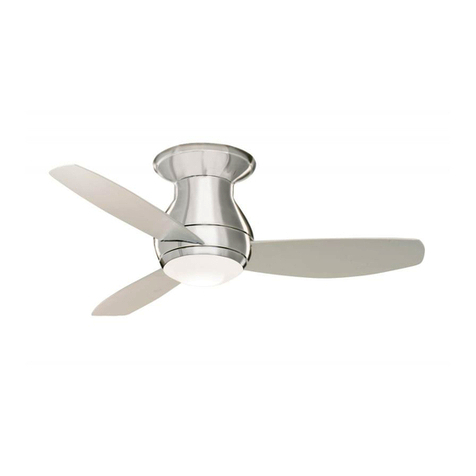CC7.8.9/0519/E 6/7
6 Setting up the evaporating temperature
The CO2refrigeration unit is controlled according to the suction pressure. The required evaporating
temperature can be set under parameter SETC1.
1) Press the PARAM key to access the programming menu
2) Use the UP and DOWN keys to select the Pr1 menu and press Pr1 to confirm
3) Select SETPOINT
4) Select setpoint "SETC1" using the SET key
5) Use the UP and DOWN keys to adjust SETC1 to the desired value
6) Press SET to apply the setting
7) Press EXIT to leave the menu
NOTE: The setpoint for the gas cooler fan is factory-set and should not be changed.
7 Setting up the liquid receiver pressure
1) Press the PARAM key to access the programming menu
2) Use the UP and DOWN keys to select the Pr1 menu and press Pr1 to confirm
3) Select GAS COOLER
4) Select parameter GC20 "Medium pressure vessel setpoint" using the SET key
5) Use the UP and DOWN keys to adjust GC20 to the desired value
6) Press SET to apply the setting
7) Press SET to select parameter GC78 "Bypass/medium pressure vessel pressure with compressor OFF"
8) Use the UP and DOWN keys to adjust GC78 to the desired value
9) Press SET to apply the setting
10) Press EXIT to leave the menu
GC20 "Medium pressure flashtank setpoint": Setpoint for the pressure in the liquid receiver in normal
control mode.
GC78 "Bypass/medium pressure vessel Pressure with compressor OFF": Maximum pressure in the liquid
receiver during standstill of the refrigeration unit. When this pressure is reached, the refrigeration unit starts to
maintain the medium pressure within an acceptable range, even if there is no cold demand from the cooling
stations.
8 Setting up pumpdown
If parameter SPF4 is set to "yes" a pumpdown will be performed before stopping the compressor. If it is set to
"no", only the manual pumpdown and the automatic pumpdown during the bypass optimization function will
be performed.
SPF1 Compressor setpoint during pumpdown
Range: -70°C to -10°C
Unit: [°C]
